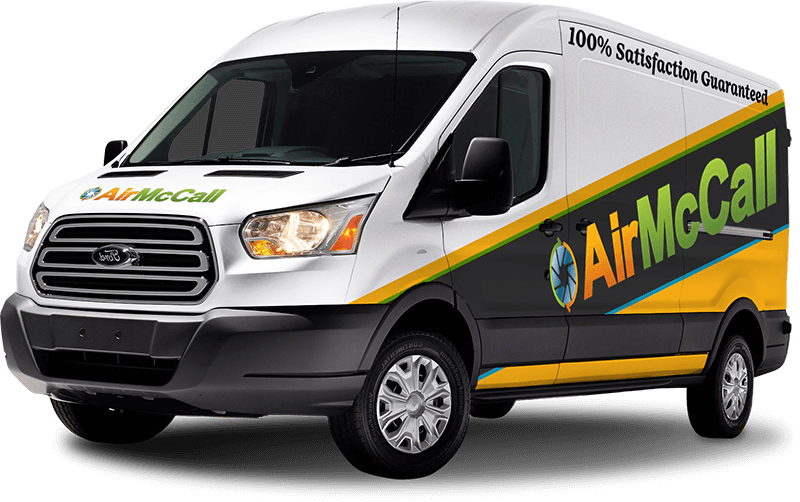
Your home’s air conditioning is a vital system that homeowners do not think much about until it stops working, or when a high energy bill is received. According to the Alliance to Save Energy, the average household energy expense is about $2,600 per year, and nearly half that amount can be tied directly to costs associated with heating and/or cooling your home.
The costs associated with controlling the temperature in your home are significant, and if your Air Conditioning system isn’t running efficiently, then your costs only go up. Fortunately, ensuring your AC system is running at peak performance doesn’t always require an expensive repair bill. There are plenty of things you can do to make sure your AC system is up to the task with a little maintenance.
Be sure to do these eight things, and your air conditioning system will be more effective and kinder to your energy bill.
- Change the AC System filter. Why is this tip number one? Simple: It’s easy to do and can have the biggest impact on the health of your HVAC system. A clean filter can reduce your energy usage by 15 percent according to the Alliance to Save Energy. If your filter is temporary, replace it every month on a day you’ll remember — like the first of the month. And if it’s a permanent filter, take it out and rinse it off monthly. A thicker filter will last longer and can keep the indoor AC Coil cleaner!
- Drying out your dehumidifier. Depending on the time of year, a whole house dehumidifier can be invaluable. To be sure it’s working at maximum capacity, remove the outer casing and allow your system to dry. Once the system is dry, vacuum the entire unit to remove excess dirt and debris before putting it back together.
- Remove obstructions around your exterior system. Though the AC is located outside your home, you cannot afford to sacrifice your air conditioner to the elements. Inspect the unit at least twice a month and remove loose vegetation or debris. Standing vegetation surrounding your air conditioner should not be allowed to grow within two feet of the unit. This clear zone allows your air conditioner to pull in the air it needs to control the temperature in your home.
- Clean the bathroom fans. Your bathroom fans work hard all year, and this is the perfect time to ensure the work they do is as efficient as possible. Vacuum the intake surface and/or remove the covers from your fans before washing them with soap and water. Once the covers are off, use a toothbrush to clean the fan blades before reapplying the cover. Just make sure the power is off before starting this task. Also, BE SURE you turn on your bathroom exhaust for 30 minutes during hot showers to help remove the excess humidity (heat load) added to the interior environment.
- Thermostat settings. Program the cooling temperature settings in your home to be warmer during periods when you’re away and more comfortable when you’re home. It is designed to maintain a 75’ indoor temperature during most of the year. Or 16’ to 20’ F less indoors than the outside temperature (in cooling mode) depending on indoor and outdoor humidity fluctuations.
- Flush the condensate drain regularly. Air conditioners have a condensation drain line to drain away water condensed out of the air during the process of cooling the indoor air. For your air conditioner to work effectively and to avoid any clogs or water overflow, this drain system must be kept clear. A homeowner can connect a wet vac to the outside drain to flush it periodically. While an air conditioning professional can “flush” a drain line during a maintenance. A drain line cleaning can be performed when needed, requiring at least 1 to 2 hours plus chemicals and possibly multiple visits). The homeowner is ultimately responsible for the years of buildup developing inside of a drain resulting from the temperature setting (running time) combined with the indoor environment living conditions and filter changes. To minimize the chance of a clog, a homeowner must add 1 cup of bleach to the drain line once a month, flush the drain as often as possible and keep the indoor living environment clean. Bleach is added by the homeowner at a PVC “T” called a “clean out” or “Openable Drain Switch” located on the drain line (with a removable top/cap) located close the indoor air handling unit.
- Install a Leaf Guard. Ask our office team about installing a leaf guard on your outside unit. Or you can install one yourself by using plastic chicken wire and wire ties. This will keep leaves from building up inside of your outdoor system which obstructs the air flow of the outside coil decreasing efficiency and cooling capacity. Not to mention the corrosive effect of leaves as they decompose at the bottom of a metal outside unit. Taking steps to keep the leaves out rather than cleaning them out periodically produces a far better result for your electric bill, indoor comfort and an extended system life!
- Schedule a tune-up. Once you’ve accomplished all the tasks above, it’s time to bring in the experts at Air McCall! We will be able to take a more detailed look at your system and identify problems you may have otherwise missed. Follow them around during their inspection and ask questions. You may just learn some insights that will be invaluable in your ongoing efforts to improve indoor comfort, reduce your energy usage and total bill.

